10 Crazy New Skills That Robots Picked Up in 2016
Robot madness

When some people think about robots, they fear the worst: machines on an unstoppable march toward global domination. Bots may not be taking over yet, but this year was a big year for our mechanical cousins — from being able to hunt or feel pain, robots picked up some impressive new skills in 2016. Here's a roundup of some of the coolest (or scariest, depending on how you feel) abilities machines added to their repertoire in the last year.
Be completely soft

Soft robotics is a rapidly growing discipline, but until this year, the devices still relied on some rigid parts. Now, scientists have created the first completely soft-bodied robot that looks like an octopus and can propel itself. The device is made of silicone and uses gas from a small reservoir of hydrogen peroxide to pneumatically power its tentacles. The researchers are now working on adding sensors so the bot can navigate its environment.
Help mend the human body
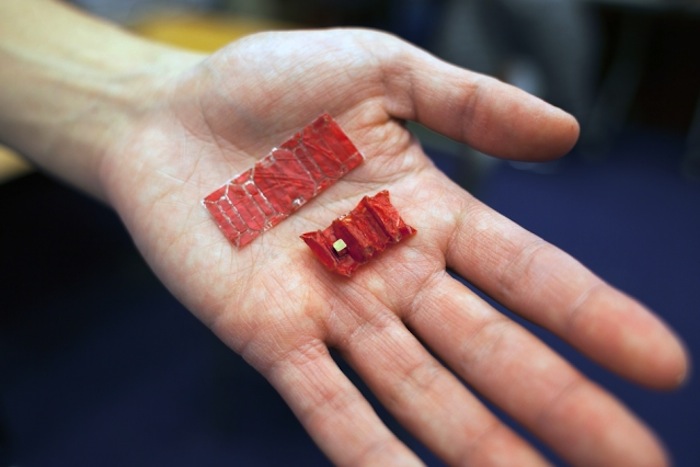
The world's first autonomous robotic surgery took place this year. The procedure was carried out on a pig intestine, but the Star robot appeared to perform slightly better than skilled human surgeons at stitching up the animal’s intestines, according to the research published in May in the journal Science Translational Medicine. It's not unusual for robotic arms to assist doctors in surgeries these days, but this year, the tiny Preceyes surgical robot was used to operate inside a human eye for the first time. The bot acts like a mechanical hand controlled by a joystick that filters out tremors from the surgeon. Elsewhere, researchers created an ingestible robot from dried pig intestines and a magnet that can be guided through the body using a magnetic field to remove a battery, or other foreign object, from a person's stomach lining.
Do parkour
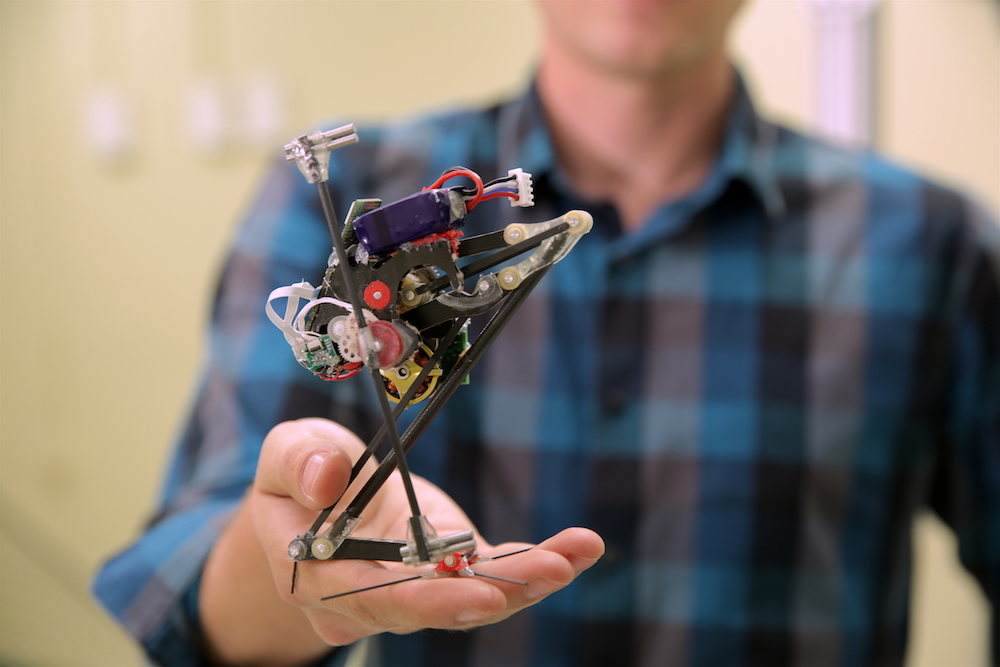
Borrowing principles from small primates known as bush babies, researchers built a robot called Salto that can spring off walls to gain height faster than any previous robot. Salto uses a latex spring and a carefully designed single leg to leap 3.2 feet (1 meter) high from a standing position. The robot can then readjust in midair to push off from a wall, something previous designs have not been able to do. The researchers said this could lead to robots that can quickly traverse rubble in disaster zones looking for survivors.
Traverse rubble and balance on one foot
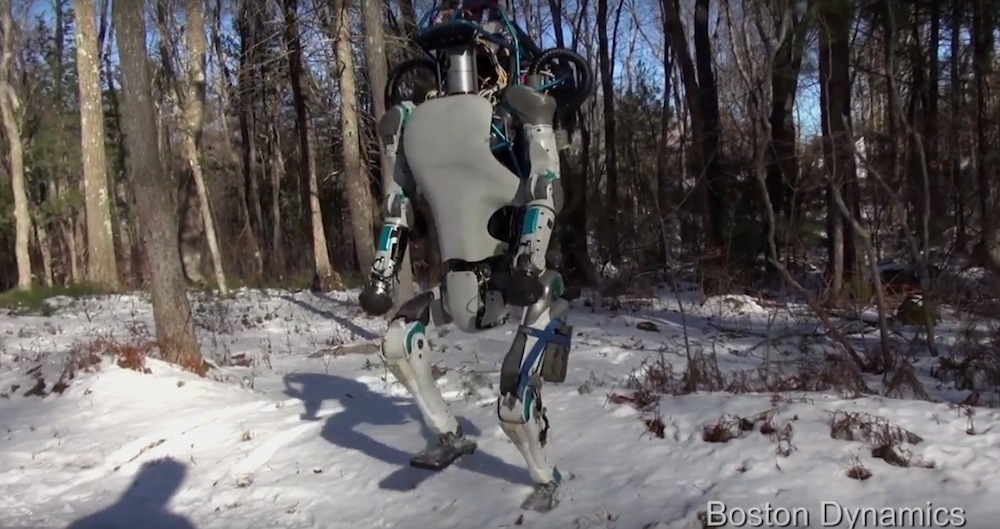
The humanoid Atlas robot made by Boston Dynamics, a subsidiary of Alphabet, was already pretty impressive at navigating in the real world. But this year, researchers taught the machine how to walk on uneven surfaces, like over rubble, by testing its footholds just like a human would before committing its full weight for the step. The machine can even balance on a narrow beam as well as your average human.
Hunt prey

You have to assume that the scientists teaching robots how to hunt prey have never watched any sci-fi movies before. Or, perhaps they just didn't feel the same nervousness we did after watching "The Terminator." Either way, scientists this year combined a silicon retina with a deep-learning neural network to create a robot that can hunt another human-controlled robot. The goal is to create bots that can identify and track targets in real time, which will be essential if they are to interact with humans and the world around them. The robot also gets better at tracking its prey the more it practices doing so. (God save us all.)
Feel pain
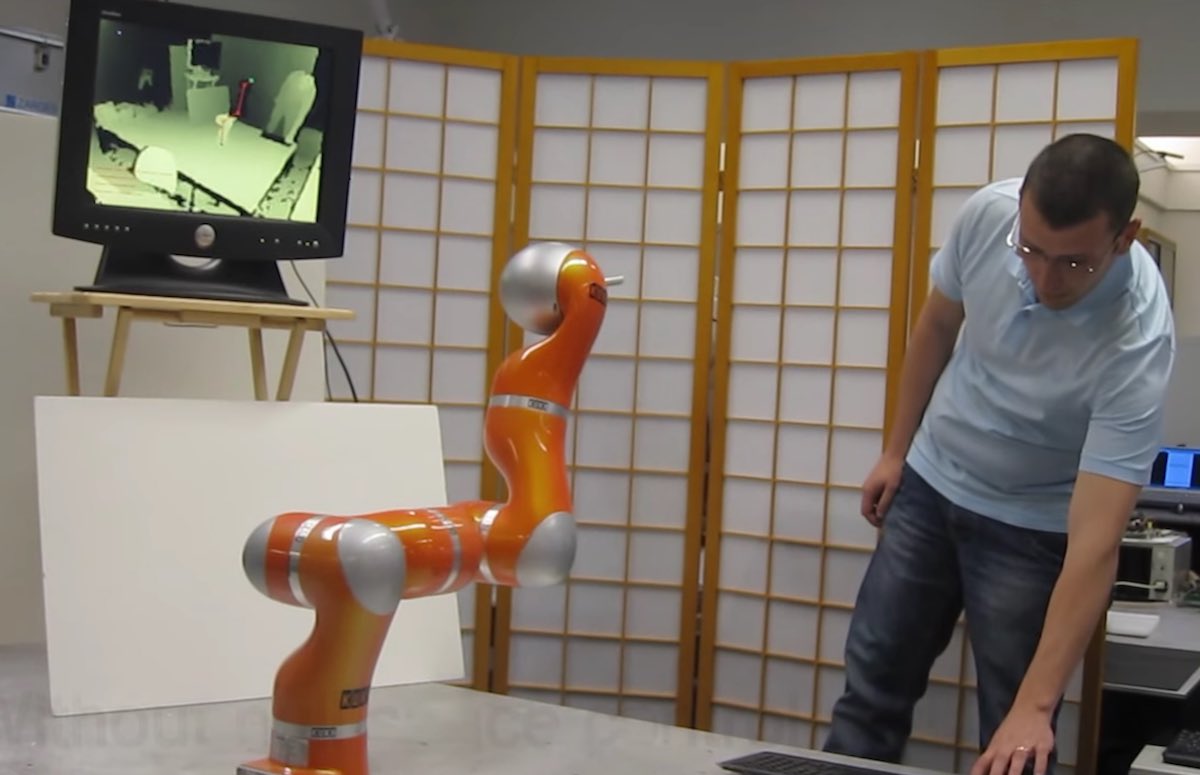
Despite the scary possibility of hunter-robots, researchers are trying to do a good thing for robots — and humans too — by imbuing bots with a sense of pain.
Get the world’s most fascinating discoveries delivered straight to your inbox.
That may sound sadistic for the robots, but pain actually serves a useful function in organisms by encouraging them to stay out of harm's way. By providing robots with a tactile system inspired by human skin that can detect both pressure and temperature, the researchers hope to give bots the same protection. That in turn could aid humans working in proximity to the robot. In particular, scientists at Leibniz University of Hannover are developing an artificial nervous system that would give robots the ability to feel pain, according to their research presented at the IEEE International Conference on Robotics and Automation (ICRA) in Stockholm, Sweden, this year.
Perch anywhere
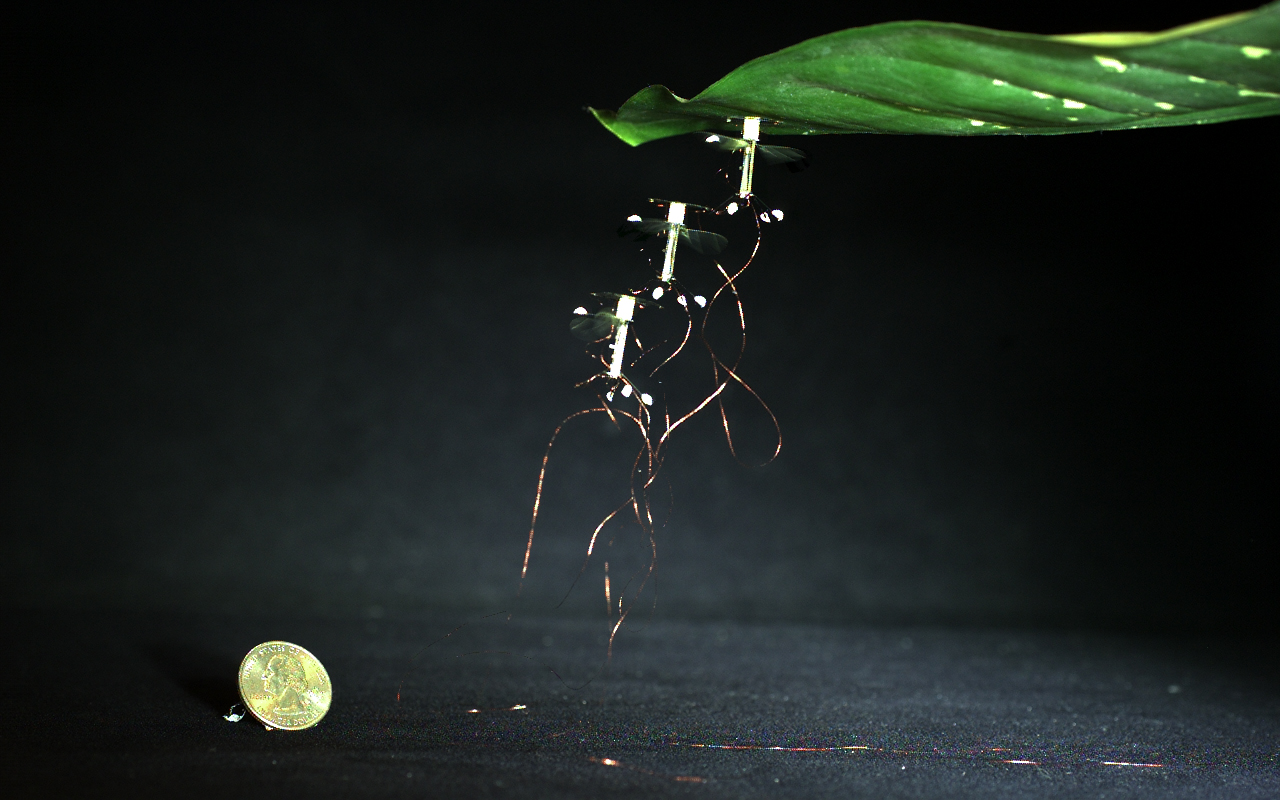
Flying robots often have poor range because weight considerations limit the amount of power or fuel they can carry. Being able to take regular breaks can dramatically increase their endurance, but finding an appropriate landing spot can be tough. Now, scientists have found a way to use static electricity to let a miniature flying robot inspired by insects latch onto the underside of any flat surface. The system uses between 500 and 1,000 times less power than flying and works with almost any material. The designers say it could help open up applications that require long-term observation.
Build their own tools
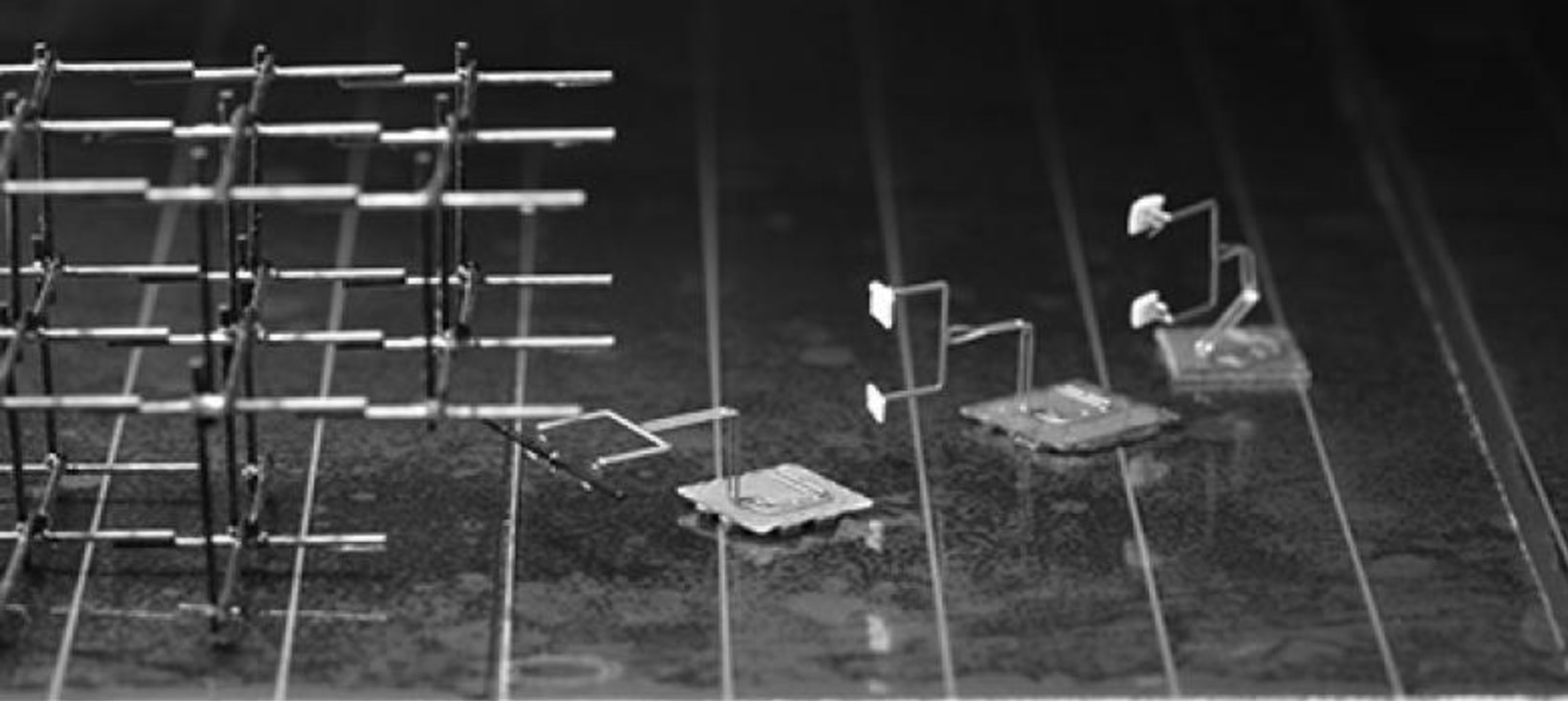
Robots are normally designed with a very specific purpose in mind, but now SRI International has created a tool shop for its mini robots that lets them tackle a wider variety of tasks. Swarms of their microrobots cooperate to build larger structures, but each one previously needed to be individually designed. Now, scientists have created a system that allows one robot to custom-build new tools or "end-effectors" for its compatriots by building up droplets of a curable liquid similar to how 3D printing works.
Help paralyzed people walk
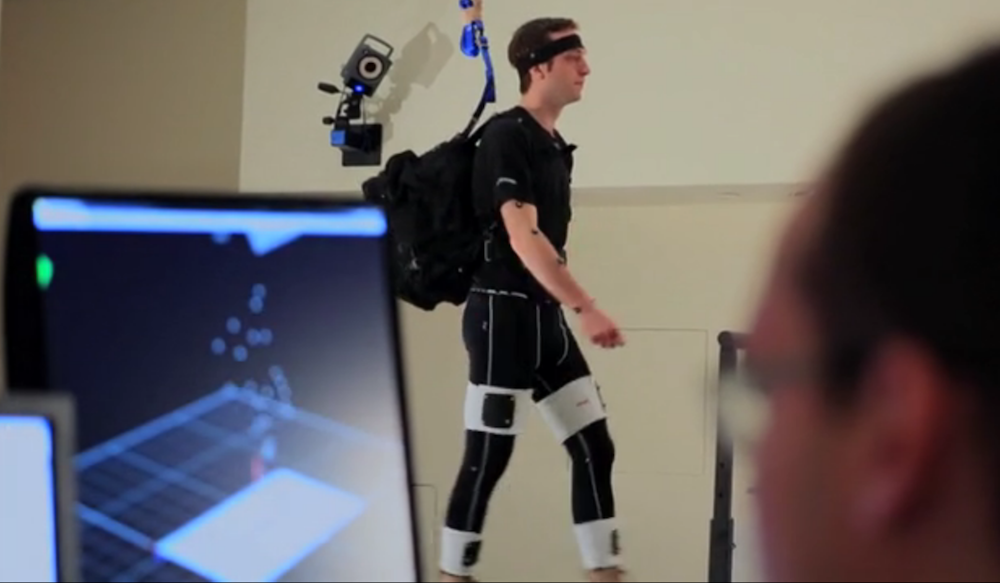
The word "exoskeleton" may conjure images of the gigantic robotic suit from the 1986 film "Aliens." However, at 27 pounds (12 kilograms), SuitX's Phoenix is among the lightest and cheapest robotic medical exoskeletons and it is now allowing people paralyzed from the waist down to walk again. Small motors attached to standard orthotics are controlled by pushing buttons integrated into a pair of crutches, enabling a person's hips and knees to move and walk at a pace of up to 1.1 mph (1.8 km/h).
Solve a Rubik's Cube in under a second
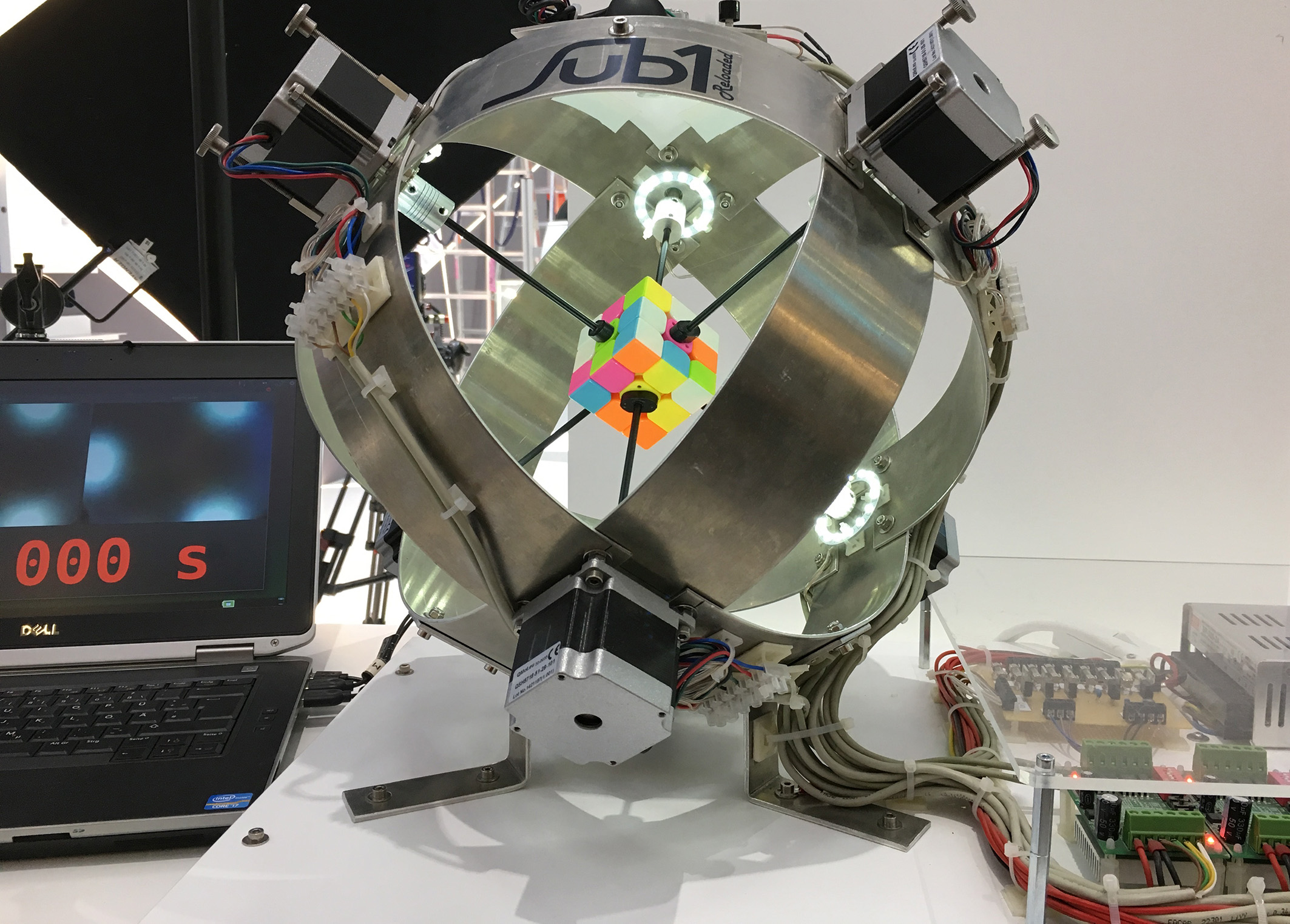
The robotics company Infineon created a robot that can solve a Rubik's Cube in 0.637 seconds, 10 times faster than the human record holder. With more than 43 quintillion potential combinations of the Rubik's Cube's colored squares, working out the fastest solution is no mean feat for the robots "brain." Commands are then sent to six motor-controlled arms that spin the cube.

